Response to Request for Technical Assistance - Ceratonova Shasta Waterborne Spore Stages
Title: Response to Request for Technical Assistance - Ceratonova Shasta Waterborne Spore Stages
Category: Technical Memo
File: Som-et-al_2016_0048_Response-to-Request-for-Tech-Assist-Ceratonova-shasta-Waterborne.pdf
Updated Date: 09.01.2017
Author(s)/Source(s): Nicholas A. Som, Nicholas J. Hetrick
Publication Date: 2016-Sep-23
Focal Topic: Salmon
Location: Lower Klamath, Mid Klamath
Watershed Code: 18010209
The Arcata Fish and Wildlife Office (AFWO) Fisheries Program is working with its scientific co-investigators to develop a series of four technical memorandums that summarize recent findings of studies that contribute to our current understanding of Ceratanova shasta (syn Ceratomyxa shasta) infections in the Klamath River, in response to requests for technical assistance from the Yurok and Karuk tribes. Each of the topics addressed in the four technical memorandums: 1) geomorphic channel conditions and flow, 2) polychaete distribution and infections, 3) actinospore and myxospore concentrations, and 4) prevalence of C. Shasta infections in juvenile and adult salmonids, are identified in a conceptual model diagram taken from Foott et al. (2011). The intent of the technical memorandums is to provide managers with a contemporary understanding of the state of the science with regard to the C. shasta in the Klamath River, and to provide a scientific basis to inform and support resource management decisions. In this technical memorandum, we summarize the state of the science regarding the waterborne spore stages of the parasite and how they infect the salmonid (via actinospores) and benthic invertebrate (via myxospores) hosts in the Klamath River.
Keyword Tags:fish disease, C. shasta
